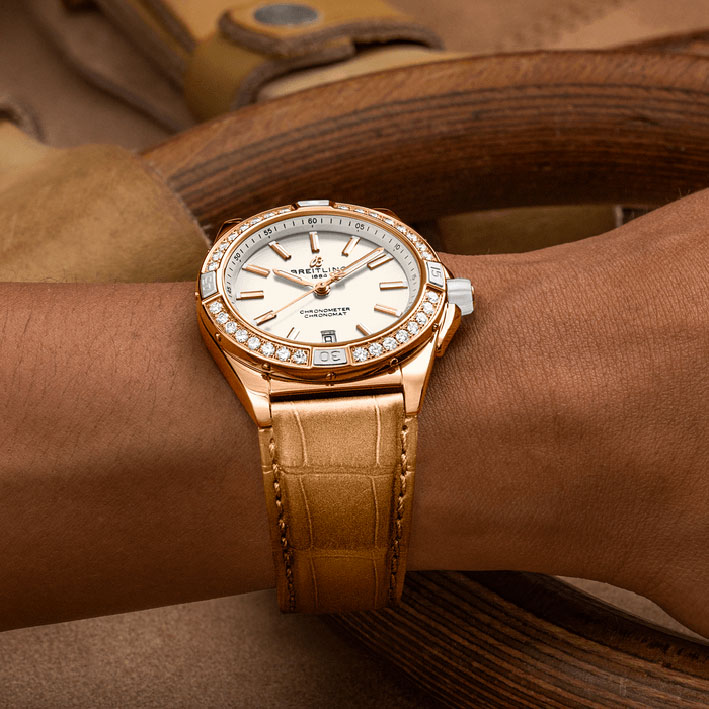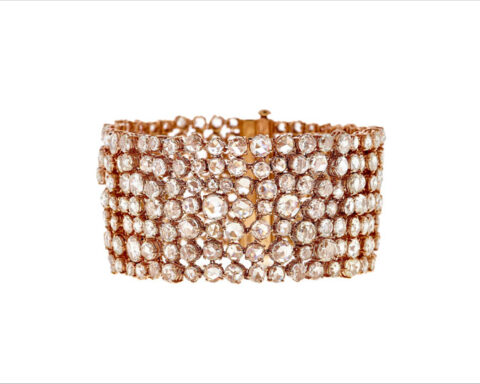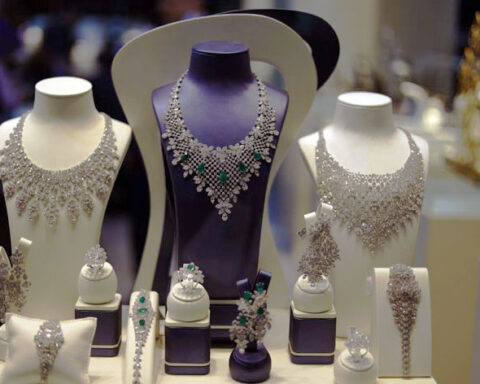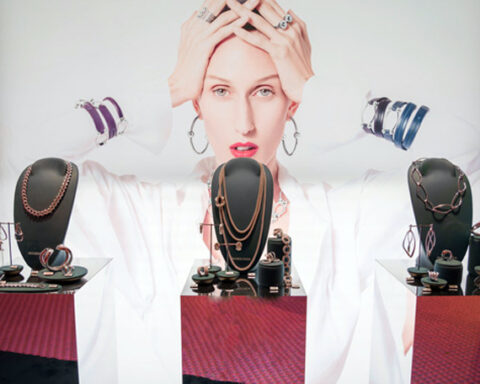In the United States, more than a third of solitaire engagement rings sold last year were made with lab-created diamonds. This is indicated by an online survey conducted on almost 12,000 US couples by the company specializing in wedding planning The Knot. The number represents double compared to 2020. The survey proposes the duel between artificially created diamonds, which from a chemical point of view are identical to natural ones, and traditional gems extracted in mines.
Are Lab Diamonds Sustainable?
What are Lab Diamonds?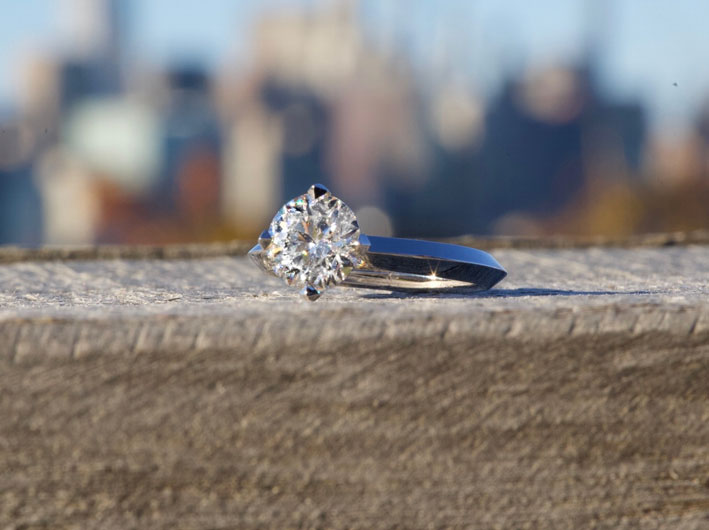
Factory-created diamonds, mostly in China or India where energy comes mainly from large polluting power plants, cost a third of natural ones and, if you don’t have to resell the jewel in a few years, hardly anyone will be able to distinguish the difference between a natural gem and one artificial, at least to the naked eye. Currently, wrote The Wall Street Journal, a one-carat lab-grown diamond retails for about $1,430, while a traditionally mined gemstone of the same size retails for $5,635.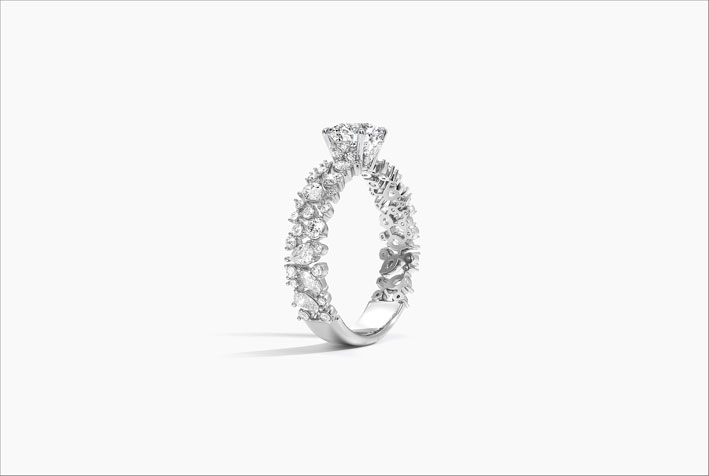
However, many large jewelery houses remain against the use of laboratory diamonds. Cyrille Vigneron, CEO of Cartier recently reiterated his opposition and sided with traditional diamonds, at least for engagement ones: “There is a difference in having something created by the Earth in 4 million years and something made in four minutes in your garage, when you want to express a symbol of eternity,” he said.
Meanwhile, however, artificial diamonds are now also used by major watch brands. For example, Tag Heuer (LVMH group) has used lab grown diamonds in the Carrera Plasma model: the crown is made up of a whole diamond, while the rest of the watch is encrusted with irregularly shaped stones. Doing the same with the quarried stones would have been wasteful, given the cutting and shaping that would have been required, according to the company.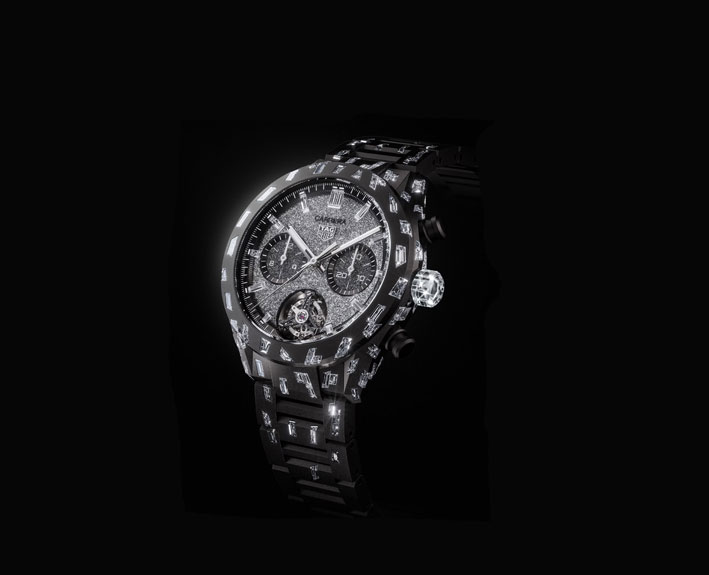
Gucci and Breitling have also used laboratory stones. Not only that: Breitling has announced that all of its watches will use only lab-grown diamonds within the next year. And he has already presented the first timepiece with artificial stones, the Super Chronomat 38 Origins.
